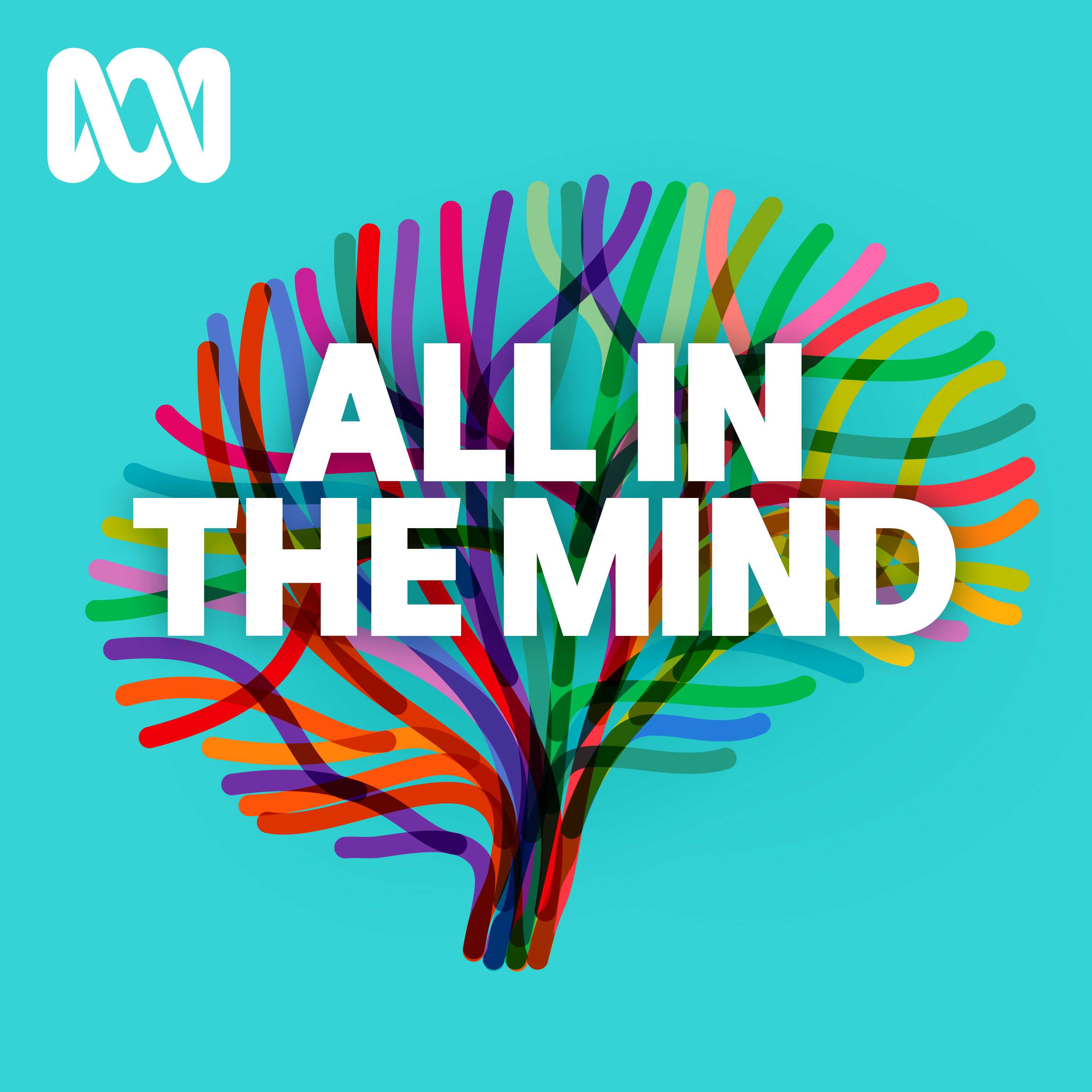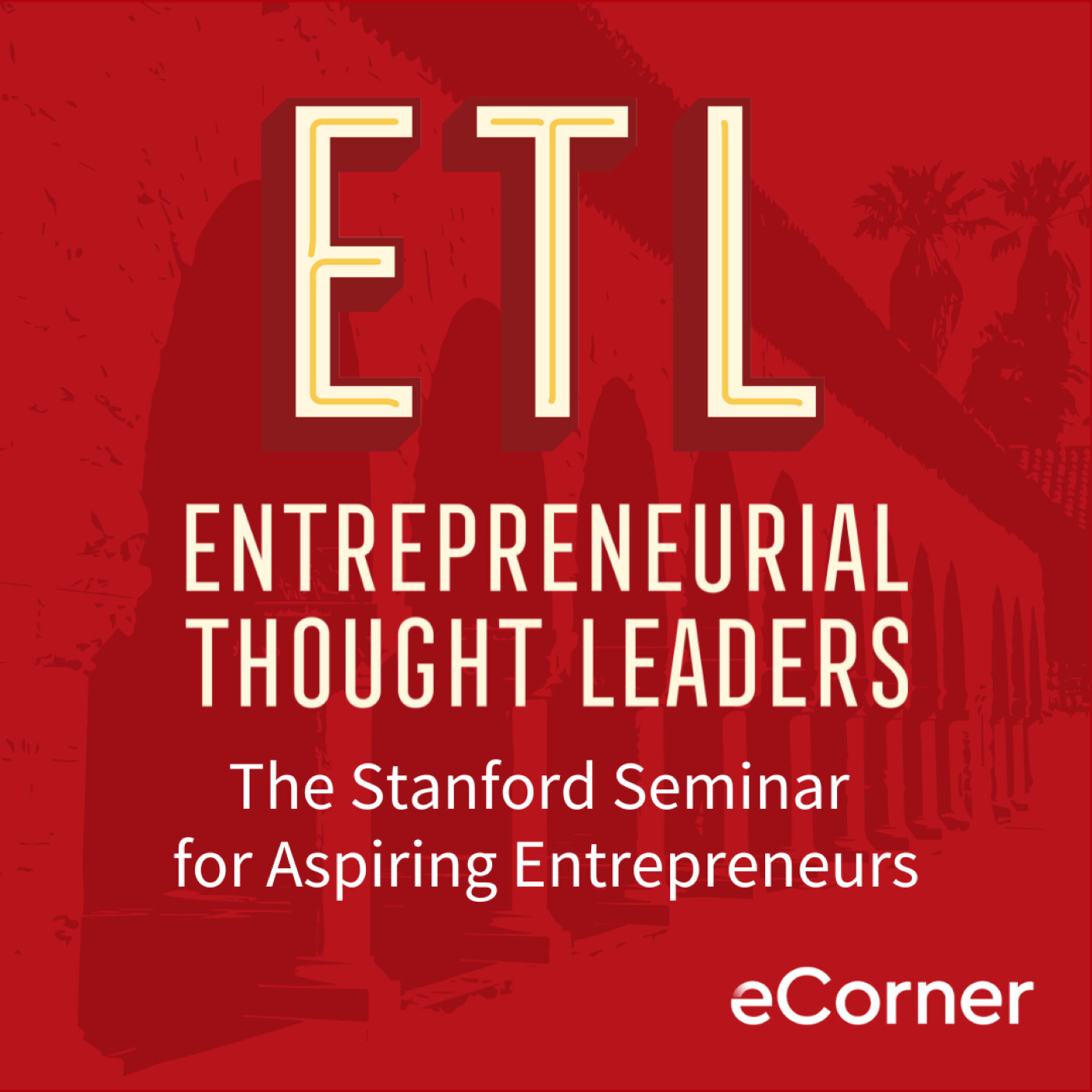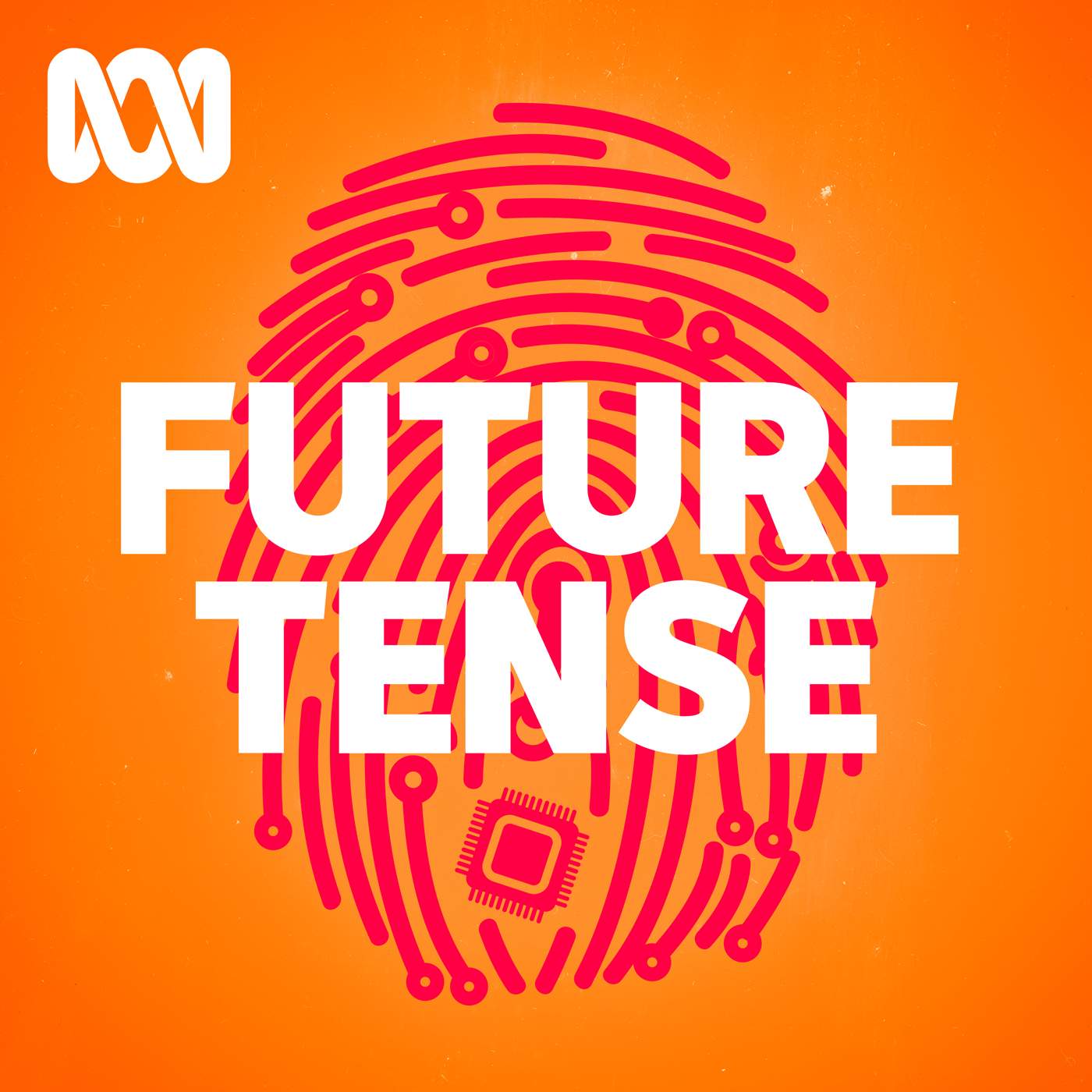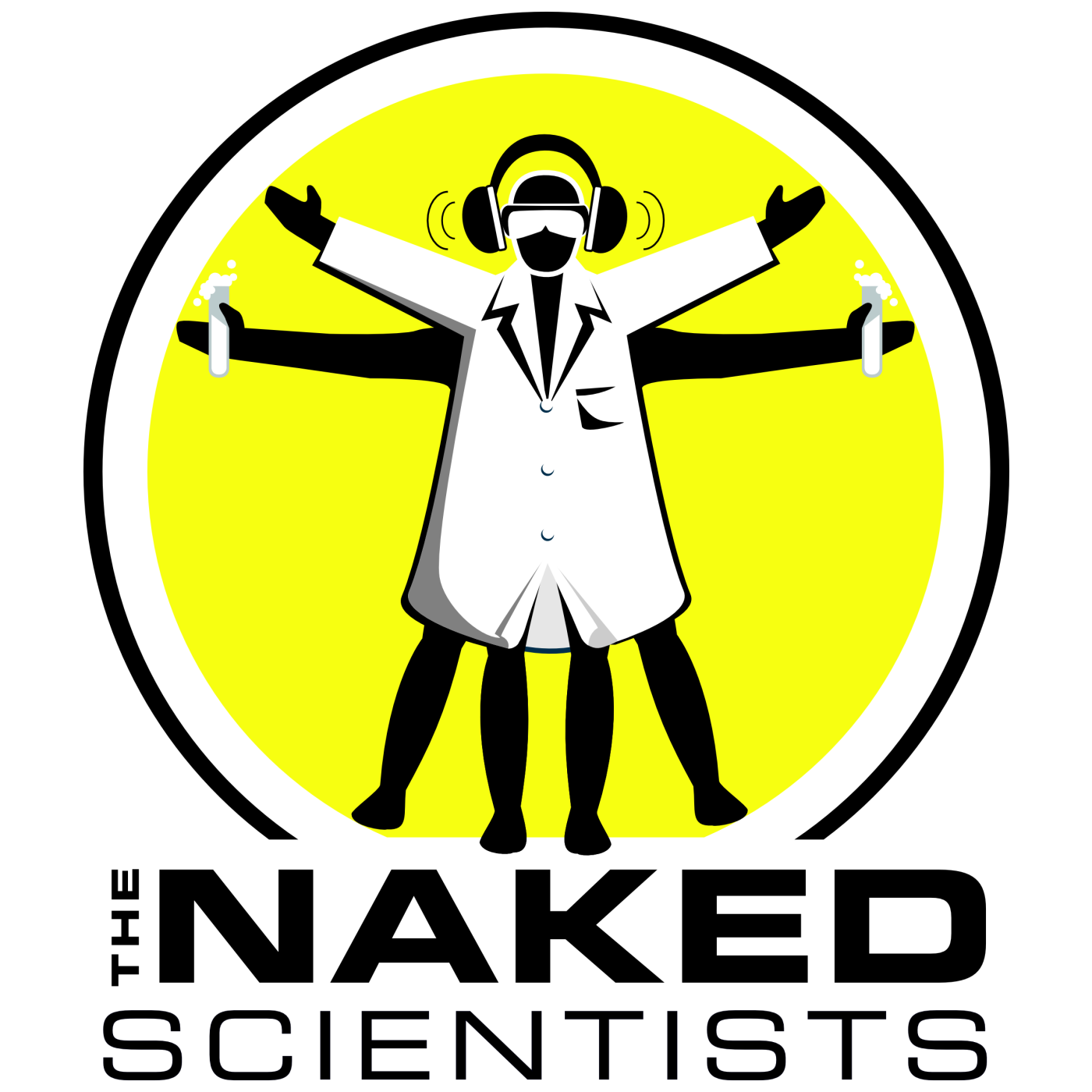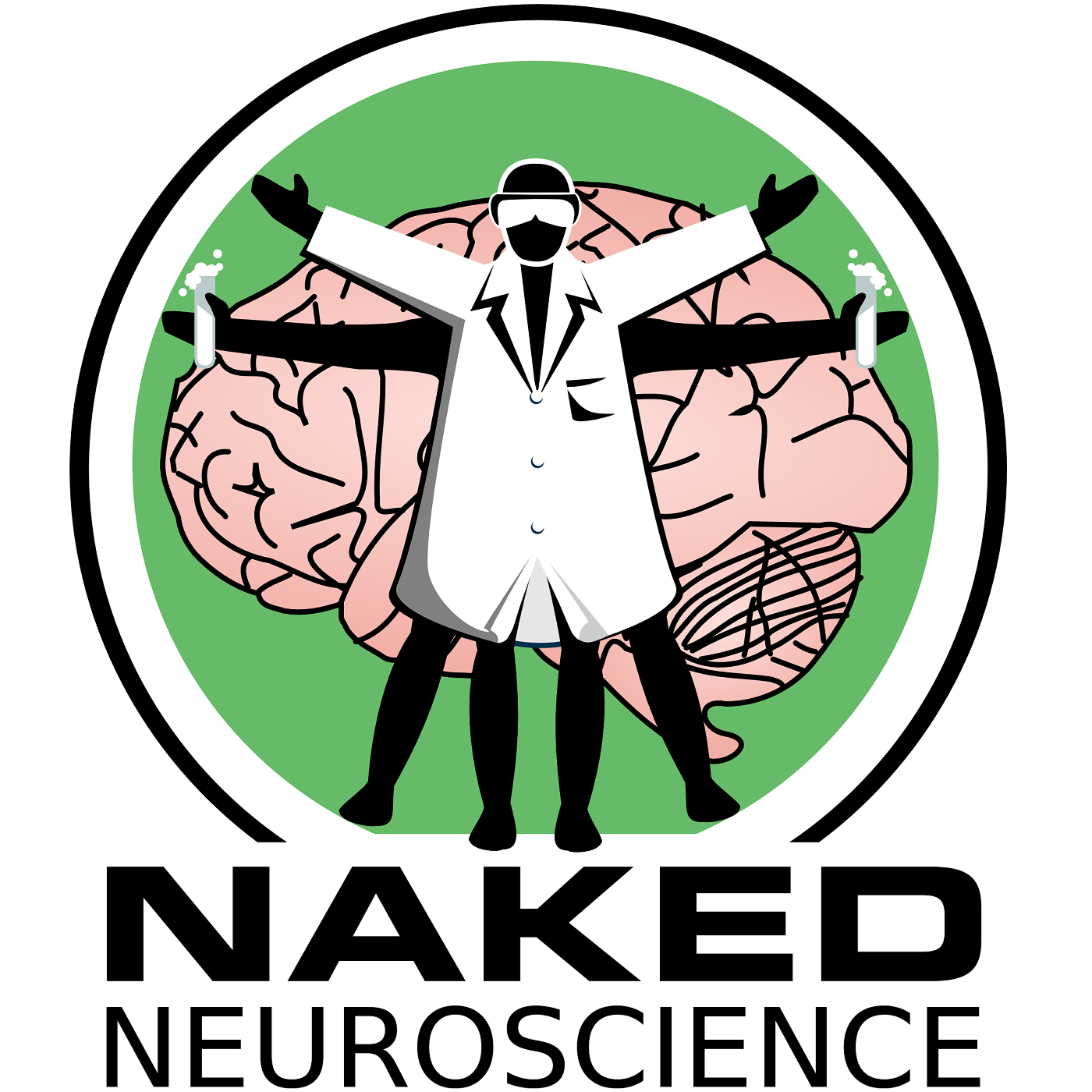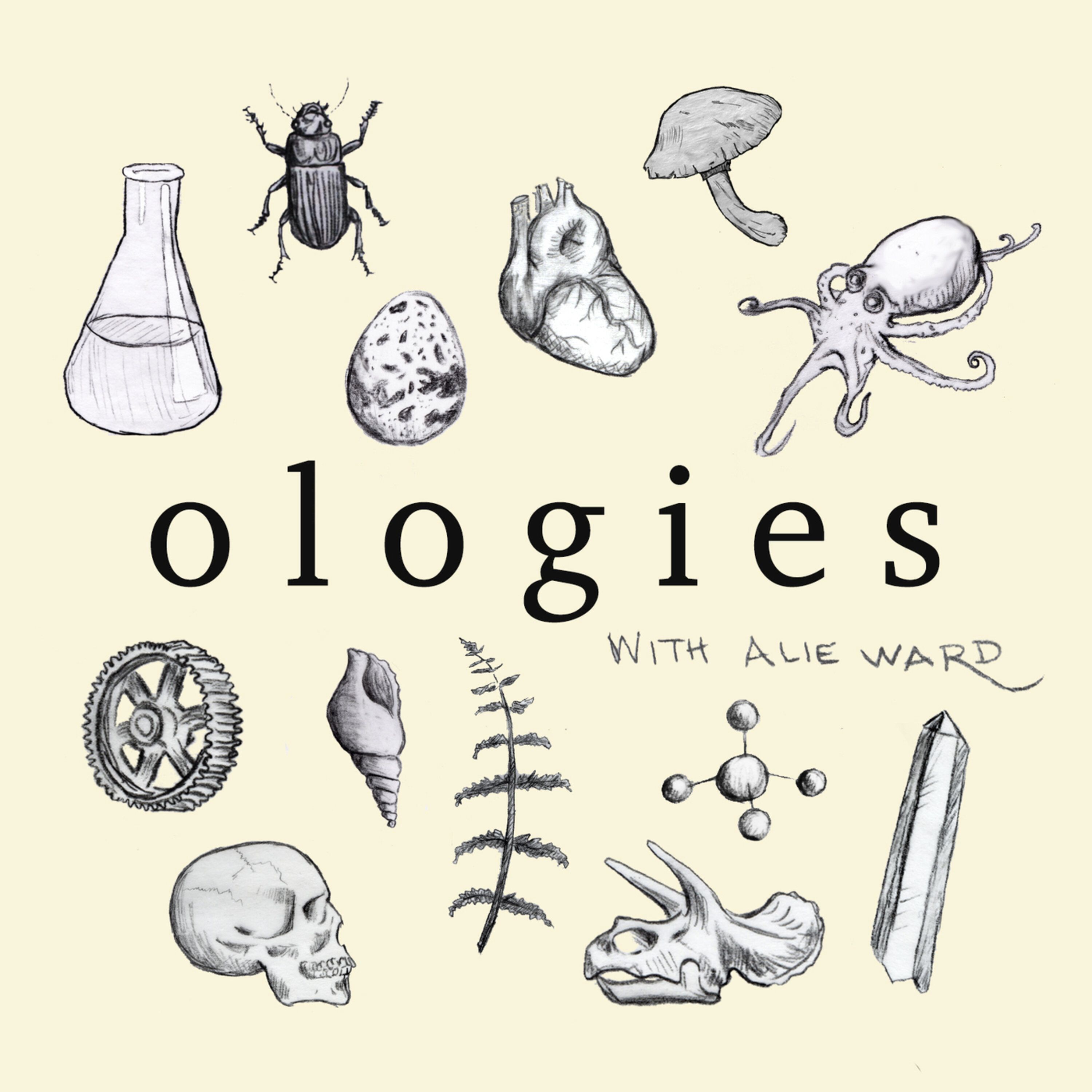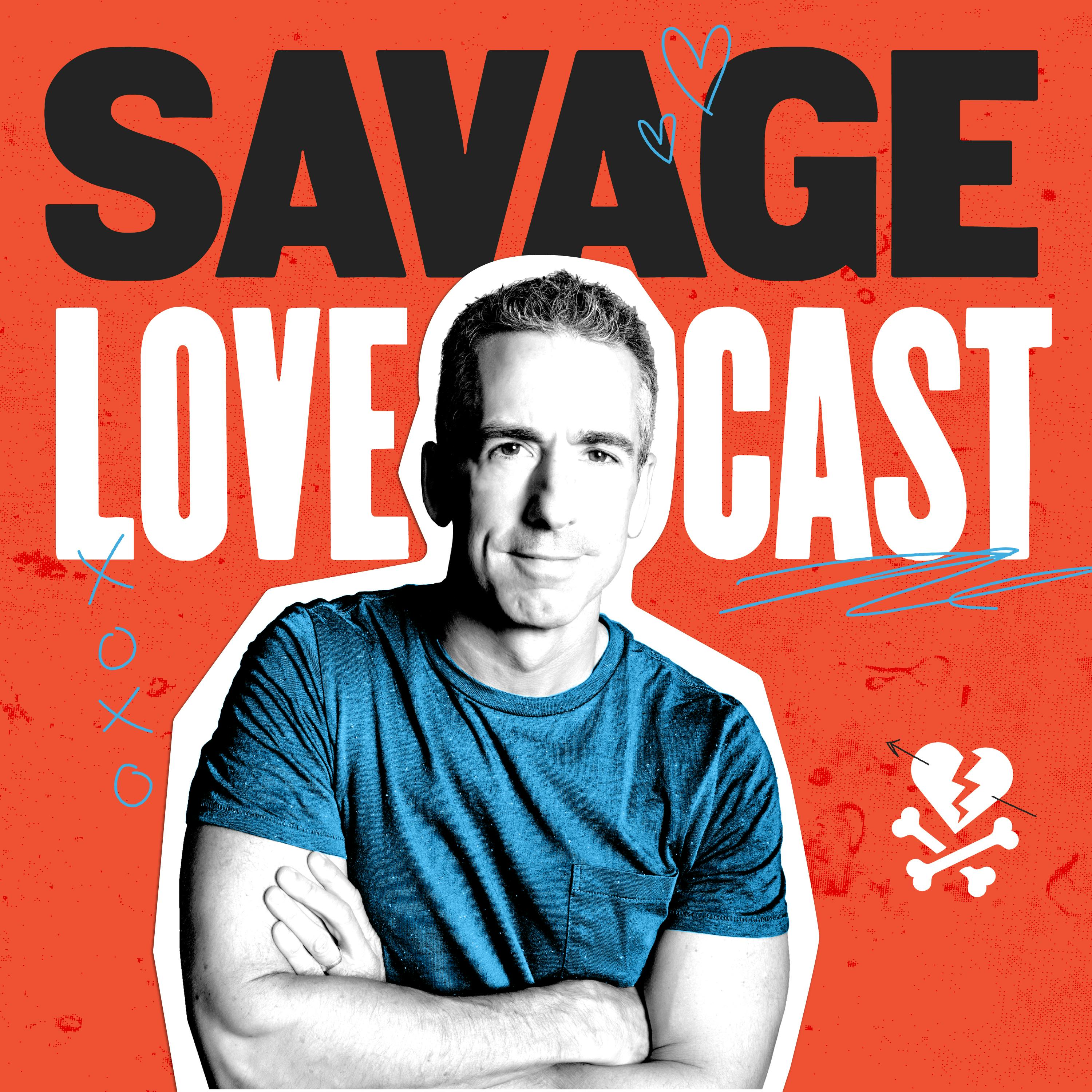
Heliox: Where Evidence Meets Empathy 🇨🇦
Join our hosts as they break down complex data into understandable insights, providing you with the knowledge to navigate our rapidly changing world. Tune in for a thoughtful, evidence-based discussion that bridges expert analysis with real-world implications, an SCZoomers Podcast
Independent, moderated, timely, deep, gentle, clinical, global, and community conversations about things that matter. Breathe Easy, we go deep and lightly surface the big ideas.
Curated, independent, moderated, timely, deep, gentle, evidenced-based, clinical & community information regarding COVID-19. Since 2017, it has focused on Covid since Feb 2020, with Multiple Stores per day, hence a sizeable searchable base of stories to date. More than 4000 stories on COVID-19 alone. Hundreds of stories on Climate Change.
Zoomers of the Sunshine Coast is a news organization with the advantages of deeply rooted connections within our local community, combined with a provincial, national and global following and exposure. In written form, audio, and video, we provide evidence-based and referenced stories interspersed with curated commentary, satire and humour. We reference where our stories come from and who wrote, published, and even inspired them. Using a social media platform means we have a much higher degree of interaction with our readers than conventional media and provides a significant amplification effect, positively. We expect the same courtesy of other media referencing our stories.
Heliox: Where Evidence Meets Empathy 🇨🇦
When Quantum Noise Powers AI: The Next Evolution of Generative Models
Explore additional resources for this episode on substack
Imagine harnessing the chaotic quantum noise that quantum computing engineers typically fight against—and using it to create more powerful AI. That's exactly what researchers are exploring with quantum noise-driven generative diffusion models. In this mind-bending episode, we dive into how these emerging hybrid systems could fundamentally reshape artificial intelligence capabilities. Diffusion models—already powering tools like Stable Diffusion—may soon get a quantum upgrade that allows them to tackle problems currently impossible for even supercomputers. We break down three groundbreaking approaches: CQGDM (classical diffusion, quantum denoising), QCGDM (quantum diffusion, classical denoising), and the fully quantum QQGDM. Early simulations show remarkable potential for these systems to leverage quantum uncertainty rather than fight it. The implications stretch from revolutionizing drug discovery and climate modeling to creating hyper-realistic virtual worlds. This isn't just incremental progress—it's potentially a paradigm shift that blurs the boundaries between quantum mechanics and everyday computing. As one researcher notes, "We're not just fighting quantum noise anymore—we're using it as a tool." Join us as we explore this fascinating intersection where quantum physics meets artificial intelligence.
Quantum-Noise-Driven Generative Diffusion Models
This is Heliox: Where Evidence Meets Empathy
Independent, moderated, timely, deep, gentle, clinical, global, and community conversations about things that matter. Breathe Easy, we go deep and lightly surface the big ideas.
Thanks for listening today!
Four recurring narratives underlie every episode: boundary dissolution, adaptive complexity, embodied knowledge, and quantum-like uncertainty. These aren’t just philosophical musings but frameworks for understanding our modern world.
We hope you continue exploring our other podcasts, responding to the content, and checking out our related articles on the Heliox Podcast on Substack.
About SCZoomers:
https://www.facebook.com/groups/1632045180447285
https://x.com/SCZoomers
https://mstdn.ca/@SCZoomers
https://bsky.app/profile/safety.bsky.app
Spoken word, short and sweet, with rhythm and a catchy beat.
http://tinyurl.com/stonefolksongs
Curated, independent, moderated, timely, deep, gentle, evidenced-based, clinical & community information regarding COVID-19. Since 2017, it has focused on Covid since Feb 2020, with Multiple Stores per day, hence a large searchable base of stories to date. More than 4000 stories on COVID-19 alone. Hundreds of stories on Climate Change.
Zoomers of the Sunshine Coast is a news organization with the advantages of deeply rooted connections within our local community, combined with a provincial, national and global following and exposure. In written form, audio, and video, we provide evidence-based and referenced stories interspersed with curated commentary, satire and humour. We reference where our stories come from and who wrote, published, and even inspired them. Using a social media platform means we have a much higher degree of interaction with our readers than conventional media and provides a significant amplification effect, positively. We expect the same courtesy of other media referencing our stories.
Hey everyone and welcome back for another deep dive. Today we're going to be looking at something pretty wild. Quantum noise driven generative diffusion models. Oh yeah that's a mouthful. It is and it sounds like something straight out of science fiction. But that's what we're diving into today. We've got this academic paper with the same name, Quantum Noise Driven Generative Diffusion Models. And it's a fascinating look at how we might be able to use quantum computers, and get this noise, to actually help us create new data. Yeah it's pretty mind-bending stuff. It really is so. Before we get too deep into the quantum weeds here, let's start with something a little bit more familiar. Generative diffusion models or DMs. Can you give us like the the quick explainer on what exactly those are? Yeah so the way I have to think about it is imagine you have a perfect picture and you slowly start blurring it, adding noise, until it's just a mess of random pixels. A generative diffusion model learns to reverse that process. It starts with pure noise and then step by step it refines it, until it creates something brand new. Okay so it's like taking that blurry picture and somehow magically bringing it back into focus. But instead of just restoring the original image, it's creating something totally new. So is this the tech behind those like AI image generators that have been all over the internet? Like stable diffusion and DLE2? That's exactly it. Those are powered by diffusion models, but they're not just limited to images. DMs can be used for all sorts of data. Okay so we're talking about things like, I know, predicting trends in the stock market or maybe even designing new materials. Exactly. It all boils down to this idea of modeling data distributions. Now data distributions, I'm gonna need a little bit of a refresher on that one. Sure. Think of it like this. You're mapping out how common different values are in a data set. So let's say you're looking at the heights of everyone in a city. The distribution would show you that most people fall within a certain range and then you have fewer people who are very tall or very short. Diffusion models learn those patterns so they can generate new data that fits that same distribution. Got it. So they're learning the rules of the game and then using those rules to come up with new moves. Precisely. All right that's pretty cool. But now let's bring in the really wild card here. Quantum. What I don't get is, isn't quantum computing all about like eliminating noise? Not using it? Well that's where things get interesting. Because quantum noise is a different beast altogether. It comes from the inherent uncertainty of the quantum world, where things can be in multiple states at once. Okay so we're not talking about like static on a radio here. This is like quantum static. You could say that. But how does that help us with diffusion models? Well the paper suggests that this quantum noise, it can actually be a good thing. It can lead to faster diffusion, which means the models can explore a wider range of possibilities. So instead of fighting against the noise, we're using it as a tool. Exactly. It's a pretty big mind shift. It is. And the paper doesn't just talk about one type of quantum diffusion model, does it? No, it actually presents three different types. Three different types. Okay. This is getting interesting. Let's break those down. What's the first one we're looking at? So the first model is called the CQGDM, which stands for classical quantum generative diffusion model. It's sort of a hybrid approach. Hybrid. How so? Well imagine you start with a regular picture on your computer and you add noise to it like we were talking about before. That's the classical part. But then when it comes to denoising that picture, that's where a quantum computer steps in, using something called a quantum neural network. A quantum neural network. Whoa. So is that like a brain that runs on quantum mechanics or something? It's kind of like that. They're still in the early stages of development, but quantum neural networks have the potential to handle data in ways that are impossible for classical computers. Okay. So with this CQGDM, we're using quantum power for the denoising step. What about the second type of model? The second model flips things around. It's called the QCGDM, which stands for quantum classical generative diffusion model. Okay. So instead of quantum denoising, quantum diffusion. So in this case, the noise itself is coming from the quantum world. Exactly. Wow. And then a classical neural network takes over for the denoising. That's right. So it's like the quantum world is creating the puzzle and then a classical computer is trying to solve it. A good analogy. All right. So we've got this sort of back and forth between the classical and quantum worlds. What about the third type of model? Did they go full quantum on that one? They did. The third model is the QQGDM or quantum generative diffusion model. So both the diffusion and the denoising are happening in the quantum realm. Yep. This one is the most radical departure from traditional AI. That's incredible. But are we even close to being able to run these models on actual quantum computers? That's a great question. And it's one of the most exciting things about this research. The authors didn't just propose these models theoretically. They actually tested them out using numerical simulations. Oh, wow. So they actually ran some experiments. Well, sort of. Full scale quantum computers are still under development, but these simulations give us a glimpse into what might be possible. Okay. I'm really curious to hear how these simulations turned out. Well, let's start with the CQGDM, the one with the quantum denoising. All right. So what did they do with that one? They used a very simple data set, just a bunch of points arranged in a straight line. Okay. Like dots on a graph? Exactly. And they found that the quantum neural network could successfully learn to reverse the diffusion process and recreate that original line from just noise. Hold on. So they gave the model a bunch of random noise and it was able to figure out that the original data was a straight line. It did. That's pretty amazing. It is. But of course, a straight line is a very simple pattern. This is just a proof of concept. So if it can reconstruct a straight line, what could it do with something more complex? That's the question, isn't it? It is. Okay. So the CQGDM showed some real potential. What about the QCGDM? The one where the diffusion itself is powered by quantum noise? For that one, they simulated something called a single qubit system. A qubit? Yeah. It's like the basic unit of information in a quantum computer. But unlike a bit in our classical computers, which can only be a zero or a one, a qubit can be in a state of zero, one, or both at the same time. Both at the same time. That's where my brain starts to melt a little bit. It is mind bending, but that's the power of quantum mechanics. So how did they use these qubits to test the diffusion model? Well, they used a specific type of quantum noise called a depolarizing channel to gradually scramble the information in the qubit. So they're basically erasing the distinction between zero and one. Exactly. And then what? How did they test if the model could reverse that process? That's where the classical part comes back in. They trained a regular classical neural network to try and learn how to undo that scrambling. So they're teaching a classical computer about the weirdness of quantum mechanics? In a way, yes. And did it work? It did. The results were remarkable. The neural network was able to reconstruct the initial state of the qubit with very high accuracy. Wow. So they were able to unscramble the quantum egg. You could say that, Ashi. That's really impressive. Okay. So we've got the CQGDM showing promise. We've got the QCGDM performing really well in these simulations. What about the fully quantum one? The QQGDM, did they manage to simulate that? They did. Or tell me about that one. So the QQGDM, like we said before, both the diffusion and the denoising are happening entirely in the quantum realm. Right. So no classical neural networks this time? No, it's all quantum. I'm really trying to wrap my head around what that even looks like. Well, in their simulations, they again used a single qubit system and that depolarizing channel to scramble the qubit's information. Right. So that part's the same. But for the denoising step, they used something called a parameterized quantum circuit. Okay. A parameterized quantum circuit. It's essentially a sequence of quantum operations that can be tweaked and adjusted to perform different tasks. It's like a quantum recipe. A good way to think about it. And they use this quantum recipe to try and unscramble the qubit. Exactly. And did it work? It did. They were able to tune this quantum circuit to effectively reverse the diffusion process and reconstruct the initial state of the qubit. Wow. So they actually simulated a fully quantum diffusion and denoising process? They did. That's a huge step. It really is. It shows that this idea of using quantum noise as a resource for AI, it's not just theoretical. It has the potential to be implemented on real quantum hardware. That's incredibly exciting. But I have to admit, I'm still trying to wrap my head around what all of this means. Like, why should we care about these quantum noise-driven diffusion models? Well, it boils down to this. We're potentially looking at a paradigm shift in artificial intelligence. Okay, I'm listening. These models could unlock the ability to tackle problems that are simply impossible for even the most powerful classical computers. Give me some examples. What kind of problems are we talking about? Imagine being able to analyze massive data sets with billions or even trillions of data points and uncover hidden patterns and make predictions with a level of accuracy that's unheard of today. So we're talking about revolutionizing fields like finance, medicine, climate modeling. Exactly. And it goes beyond just analyzing data. Imagine simulating the behavior of molecules at a quantum level to design new drugs or materials. Or creating incredibly realistic virtual worlds. Precisely. It sounds like we're talking about a future where AI can do things. Yeah. That are currently in the realm of science fiction. It's a future with enormous potential. But also one that raises a lot of questions. Absolutely. Well, I think it's safe to say that this deep dive has given us a lot to think about. For sure. And it's clear that quantum noise-driven diffusion models are a topic that we'll need to revisit as this field continues to evolve. I agree. All right, so we've talked about these three types of quantum diffusion models. We've seen that the initial simulations are really promising. What's next? Where do we go from here? Well, there are a lot of avenues for further exploration. One of the most exciting is exploring different types of quantum noise. So the depolarizing channel they use in these simulations, that's just one example. Exactly. There's a whole world of quantum phenomena out there that could potentially be harnessed for these models. So we're not just looking for new algorithms and new hardware. We're also exploring the fundamental building blocks of quantum mechanics. That's right. To see what kind of tools we can create. Exactly. And of course, developing more powerful and efficient quantum computers. That's essential. It feels like we're witnessing the birth of a whole new field of AI. I think so too. Quantum noise-driven diffusion models could be the foundation for a future where the lines between the quantum world and our everyday experience become increasingly blurred. That's a great way to put it. It's both exciting and a little bit intimidating. It is. Well, I want to thank you for taking us on this deep dive into the quantum realm. It's been my pleasure. And to our listeners, if this has sparked your curiosity, I encourage you to keep exploring. The world of quantum computing and AI is full of mysteries waiting to be uncovered. It's a fascinating field. And who knows what incredible discoveries await us just around the corner. We're just getting started. Thanks for joining us and we'll see you next time. See you later. So the QQGDM, it's kind of like the final boss of quantum diffusion models. Okay. The final boss. Yeah, because both the diffusion and the denoising, they happen entirely within the quantum realm. So no classical computers involved at all. Nope. It's all quantum, baby. Right. I'm going to need you to break this down for me. So in their simulations, they used a single qubit system again, and that depolarizing channel we talked about earlier. Right. To scramble the qubits information. Exactly. But for the denoising step this time, they use something called a parameterized quantum circuit. Okay. A parameterized quantum circuit. Yeah. Think of it as a sequence of quantum operations that can be fine tuned to perform different tasks. So like a quantum algorithm. You got it. And they use this quantum algorithm to try and reverse the scrambling. Yep. And the cool thing is they were able to tune this circuit to effectively reconstruct the initial state of the qubit. So they were able to unscramble the qubit using only quantum tools. Exactly. That's insane. It is pretty wild. So we've got the CQGDM, the QCGDM, and now the QQGDM, all showing some serious potential in these simulations. But I got to ask, what does this all mean for the real world? Why should we care about these quantum noise-driven diffusion models? It's a good question. And the answer is we're potentially on the verge of a revolution in AI. A revolution? Yeah. These models could allow us to solve problems that are just flat out impossible for classical computers to handle. Okay. Now you've got my attention. Give me some examples. Imagine being able to analyze datasets so massive that they would make a supercomputer choke. We're talking like billions, trillions of data points. Even more. And not just analyze them, but extract meaningful insights, make predictions with incredible accuracy. So we're talking about things like revolutionizing drug discovery. Exactly. Or maybe creating personalized medicine tailored to your specific genetic makeup. Or what about predicting and mitigating the effects of climate change? The possibilities are pretty much endless. And it's not just about analyzing data, right? Right. Think about simulating complex systems, like the behavior of molecules or the interactions of particles in a quantum computer. Or creating hyper-realistic virtual worlds that respond to our every move. We're talking about a whole new level of AI. It's both incredibly exciting and a little bit terrifying. It is. It's like we're stepping into a science fiction novel. But it's real. It's becoming more real every day. This is definitely a lot to process. It feels like we're just scratching the surface of what's possible. We are. There's still so much we don't know about quantum computing and AI. Right. So we've talked about these three types of quantum diffusion models, and we've seen that the initial simulations are pretty amazing. But what's next? Where do we go from here? Well, one of the big things is exploring different types of quantum noise. Remember that depolarizing channel we talked about? That's just one example. So there might be other types of quantum noise. That are even more powerful. Or that have different properties that we can exploit. So it's not just about building bigger quantum computers. It's also about understanding the fundamental nature of quantum noise. And figuring out how we can harness it. Exactly. It feels like we're witnessing the birth of a whole new field of research. I think you're right. It's a very exciting time to be working in this area. It certainly is. All right. So to wrap this up, we've talked about these three quantum noise driven diffusion models. The CQGDM, the QCGDM, and the QQGDM. And we've seen that they have the potential to revolutionize AI. But there's still a lot of work to be done. A lot of research and development ahead. Definitely. But the future is looking pretty bright. I agree. And for listeners out there, if you're interested in learning more about this stuff, I encourage you to dive into the research yourself. There's a lot of great information out there. And who knows, maybe you'll be the one to make the next big breakthrough. You never know. Thanks for joining us on this deep dive into the quantum realm. It's been a pleasure. Until next time. See you then. It's pretty remarkable they were able to tune this quantum circuit to reverse the diffusion process and reconstruct the initial state of the qubit. So they essentially unscrambled the qubit using only quantum tools. Exactly. That's mind-blowing. So we've got the CQGDM, the QCGDM, and now the QQGDM, all showing some serious potential in these simulations. But I gotta ask, what does this all mean for the real world? Why should we care about these quantum noise driven diffusion models? It's a good question. And the answer is we're potentially on the verge of a revolution in AI. A revolution. Yeah, these models could allow us to solve problems that are just flat out impossible for classical computers to handle. Okay, now you've got my attention. Give me some examples. Imagine being able to analyze data sets so massive that they would make a supercomputer choke. We're talking like billions, trillions of data points. Even more. And not just analyze them, but extract meaningful insights, make predictions with incredible accuracy. So we're talking about things like revolutionizing drug discovery. Exactly. Or maybe creating personalized medicine tailored to your specific genetic makeup. Or what about predicting and mitigating the effects of climate change? The possibilities are pretty much endless. And it's not just about analyzing data, right? Right. Think about simulating complex systems, like the behavior of molecules, or the interactions of particles in a quantum computer. Or creating hyper-realistic virtual worlds that respond to our every move. We're talking about a whole new level of AI. It's both incredibly exciting and a little bit terrifying. It is. It's like we're stepping into a science fiction novel. But it's real. It's becoming more real every day. This is definitely a lot to process. It feels like we're just scratching the surface of what's possible. We are. There's still so much we don't know about quantum computing and AI. All right. So we've talked about these three types of quantum diffusion models. And we've seen that the initial simulators are pretty amazing. But what's next? Where do we go from here? Well, one of the big things is exploring different types of quantum noise. Remember that depolarizing channel we talked about? That's just one example. So there might be other types of quantum noise that are even more powerful. That are even more powerful or that have different properties that we can exploit. So it's not just about building bigger quantum computers. It's also about understanding the fundamental nature of quantum noise and figuring out how we can harness it. It feels like we're witnessing the birth of a whole new field of research. I think you're right. It's a very exciting time to be working in this area. It certainly is. All right. So to wrap this up, we've talked about these three quantum noise driven diffusion models. The CQGDM, the QCGDM and the QQGDM. And we've seen that they have the potential to revolutionize AI. But there's still a lot of work to be done, a lot of research and development ahead. Definitely. But the future is looking pretty bright. I agree. And for our listeners out there, if you're interested in learning more about this stuff, I encourage you to dive into the research yourself. There's a lot of great information out there. And who knows, maybe you'll be the one to make the next big breakthrough. You never know. Thanks for joining us on this deep dive into the quantum realm. It's been a pleasure. Until next time.


